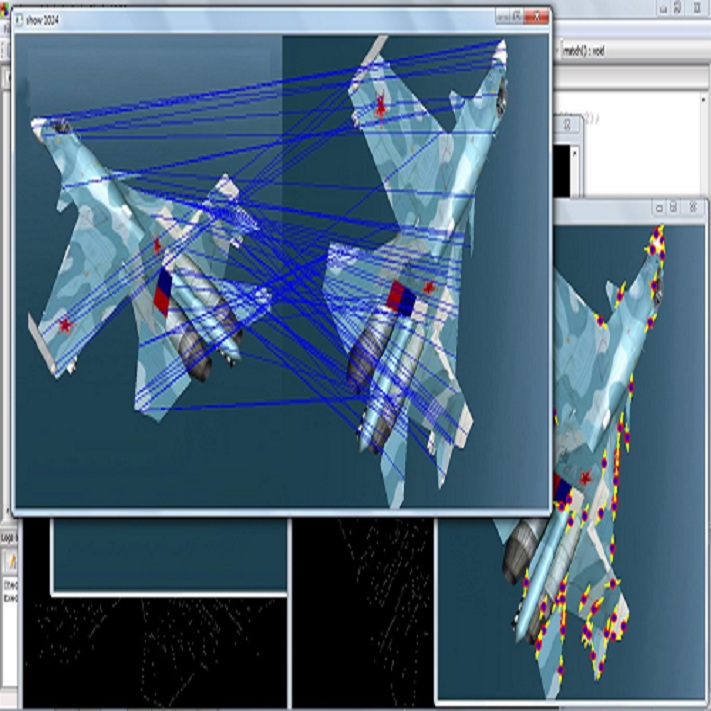Deformable image registration, i.e., the task of aligning multiple images into one coordinate system by non-linear transformation, serves as an essential preprocessing step for neuroimaging data. Recent research on deformable image registration is mainly focused on improving the registration accuracy using multi-stage alignment methods, where the source image is repeatedly deformed in stages by a same neural network until it is well-aligned with the target image. Conventional methods for multi-stage registration can often blur the source image as the pixel/voxel values are repeatedly interpolated from the image generated by the previous stage. However, maintaining image quality such as sharpness during image registration is crucial to medical data analysis. In this paper, we study the problem of anti-blur deformable image registration and propose a novel solution, called Anti-Blur Network (ABN), for multi-stage image registration. Specifically, we use a pair of short-term registration and long-term memory networks to learn the nonlinear deformations at each stage, where the short-term registration network learns how to improve the registration accuracy incrementally and the long-term memory network combines all the previous deformations to allow an interpolation to perform on the raw image directly and preserve image sharpness. Extensive experiments on both natural and medical image datasets demonstrated that ABN can accurately register images while preserving their sharpness. Our code and data can be found at https://github.com/anonymous3214/ABN
翻译:可变形图像登记,即通过非线性变换将多个图像合并成一个协调系统的任务,是神经成像数据的基本预处理步骤。最近关于变形图像登记的研究主要侧重于使用多阶段调整方法提高登记准确性,即源图像在与目标图像完全一致之前由同一个神经网络分阶段反复变形。多阶段登记的常规方法往往会模糊源图像,因为像素/voxel值从前一阶段产生的图像中反复互译。然而,保持图像登记过程中的清晰度等图像质量对于医学数据分析至关重要。在本论文中,我们研究抗蓝变形图像登记问题,并提出新的解决方案,称为反布尔网络(ABN),用于多阶段图像登记,具体地说,我们使用一对短期登记和长期记忆网络学习每个阶段的非线性变形。短期登记网络学会如何提高登记准确度,在图像登记过程中保持图像的清晰度,长期图像登记对于医学变异性图像记录,而长期的图像记录则将我们之前的直线性图像记录与直径图像存储系统整合。




